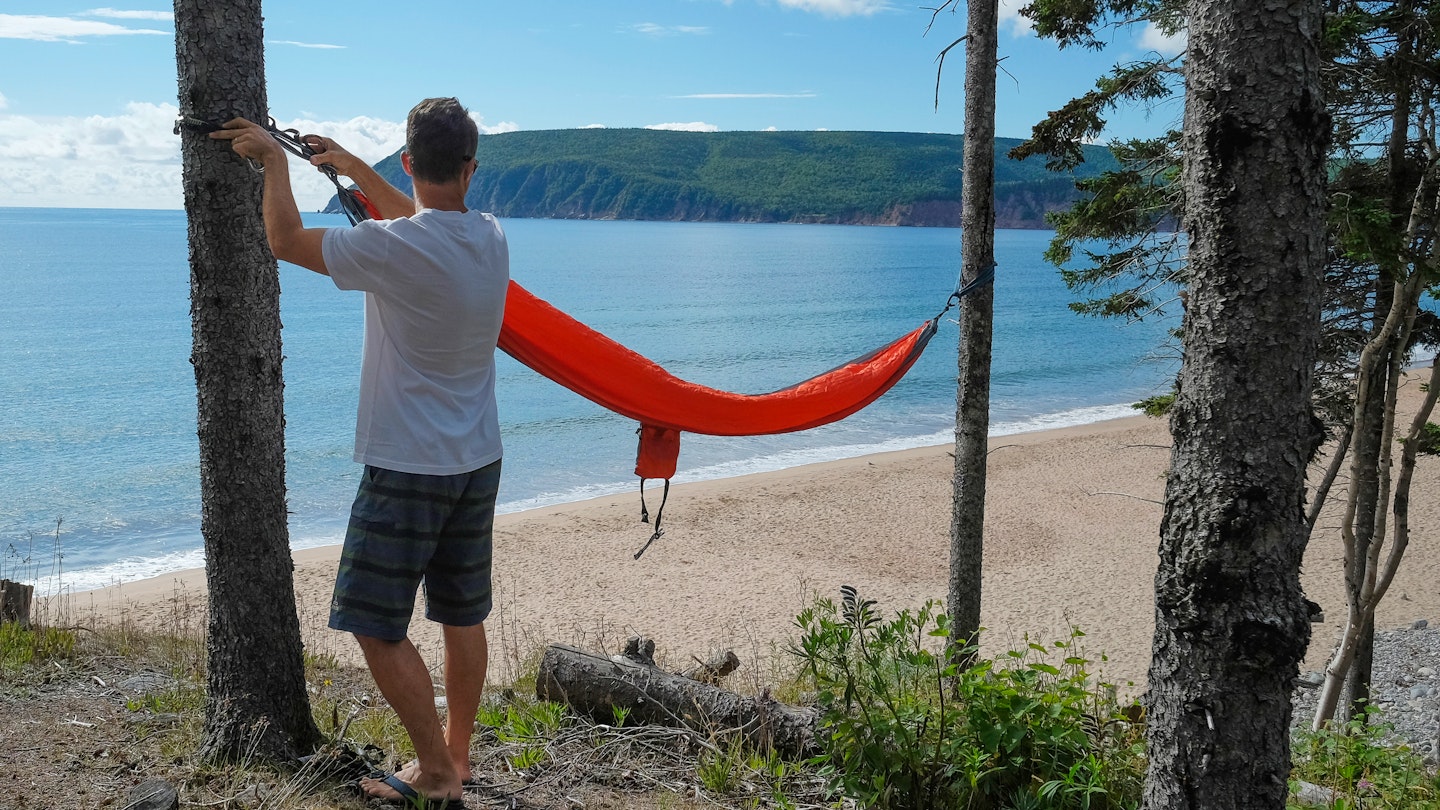Explore Budget-Friendly Travel Tips for Nova Scotia
Nova Scotia, Canada’s second smallest province, offers a surprising variety of landscapes. From rocky headlands to sweeping crescents of white sand, the region is a haven for nature lovers. The ancient mountains of Cape Breton Island enhance its beauty, while the Bay of Fundy showcases mammoth tides that lift and lower fishing boats. The capital, Halifax, which houses a third of Nova Scotia’s population, features a walkable waterfront bustling with bars, restaurants, and attractions. Therefore, to enjoy Nova Scotia on a budget, getting outside and experiencing its stunning landscapes is essential.
Known as “Canada’s ocean playground,” Nova Scotia offers a wide selection of accommodations, activities, and culinary options, making it an attractive destination for budget-conscious travelers. Although July and August are the peak months when most visitors arrive, savvy travelers can still navigate the busy season affordably by making informed choices and following essential budget tips.
Understanding Daily Costs in Nova Scotia
- Hostel room: $40-150
- University residence room: $56-150
- Basic room for two: $125-400
- Self-catering apartment (including Airbnb): $100-335
- City bus or ferry ticket: $2.75
- Coffee: $2-6
- Sandwich: $5-18
- Dinner for two: $50-150
- Beer/pint at the bar: $6-12
- Whale watching tour: adult $50-85, children $25-60
- Average daily cost per budget traveler: $150-300
Driving: The Most Cost-Effective Way to Get Around
To reach Nova Scotia, visitors typically fly into Halifax Stanfield International Airport. Public transit in Halifax operates an airport shuttle for $4.25. However, rental cars can be scarce during the summer months and may add significant costs to your travel budget. To save money, book your rental early if necessary. Travellers within driving distance can avoid flights and rental costs altogether, making this a budget-friendly option.
Without a car, navigating Nova Scotia can be challenging, as public transportation is limited outside Halifax. Driving ensures access to free activities and lower-cost accommodations outside the city. If you’re coming from places like Maine or New Brunswick, look for the most economical routes to avoid expensive ferry rides.
When to Visit for the Best Deals
Although winter may offer the lowest costs in Nova Scotia, the difference is minimal. Food and drink prices remain relatively stable year-round, with accommodations peaking in July and August. On the contrary, traveling during spring and fall often means finding lower prices, and gas costs typically decrease outside the busy summer season. Additionally, during late summer and fall, you can enjoy affordable farm-fresh produce from local farmers’ markets and U-pick operations.
Alternative Accommodations: University Residences
For those unable to find suitable hostels, university residences offer an excellent alternative during the summer months when institutions rent out student housing. The accommodations are furnished and include linens and towels. Prices typically range from $56 for a single room to $150 for a suite. Consider universities in Halifax such as Dalhousie, St. Mary’s, and Mount St. Vincent for affordable housing options.
Experience Nova Scotia’s Campgrounds
Camping is an ideal way to save money while enjoying the great outdoors. Nova Scotia boasts numerous campgrounds across its national parks, including Cape Breton Highlands and Kejimkujik. The most affordable are located in provincial parks, where basic campsites start at roughly $25 per night. Many campgrounds provide ocean views and direct access to beaches, forest paths, and lakes, along with amenities like indoor washrooms and cooking facilities.
Explore Scenic Routes and Outdoor Activities
When visiting Nova Scotia, it’s crucial to embrace the outdoors, as this is the most cost-effective way to experience the region’s beauty. Scenic drives such as Marine Drive and the Lighthouse Route reveal breathtaking landscapes, while coastal beaches provide perfect spots for relaxation. Enjoy hiking trails that range in difficulty, from flat pathways like the Rum Runners Trail to more challenging routes in the Cape Breton Highlands National Park. Hiking is typically free, aside from national park entry fees.
Take Advantage of Free Events and Discounts
On certain evenings, like Thursdays, visitors can access free admission to local attractions such as the Art Gallery of Nova Scotia, which showcases talented Nova Scotian artists. Many museums and historical sites offer family discounts and reduced rates during the off-season, making these great stops for budget-minded travelers.
Save on Meals by Buying Local
Cooking your own meals can drastically cut food expenses while traveling. Whether in a rental property with a kitchen or preparing food at a campsite, homemade meals are both satisfying and economical. Look for small roadside stands selling fresh produce and take advantage of local farmers’ markets. This way, you can enjoy delicious fare while supporting the local economy.
Allocate Your Budget for Unique Experiences
Lastly, focus your savings on experiences that will bring you joy. Whale-watching tours are a highlight and often available for under $100, providing unforgettable memories. Additionally, consider vineyard tours in the Annapolis Valley to discover the region’s renowned wines, complete with tastings.
In conclusion, Nova Scotia offers countless opportunities for budget travel, from outdoor adventures to affordable accommodations and dining. By planning ahead and taking advantage of local offerings, you’ll create a memorable experience without breaking the bank.




